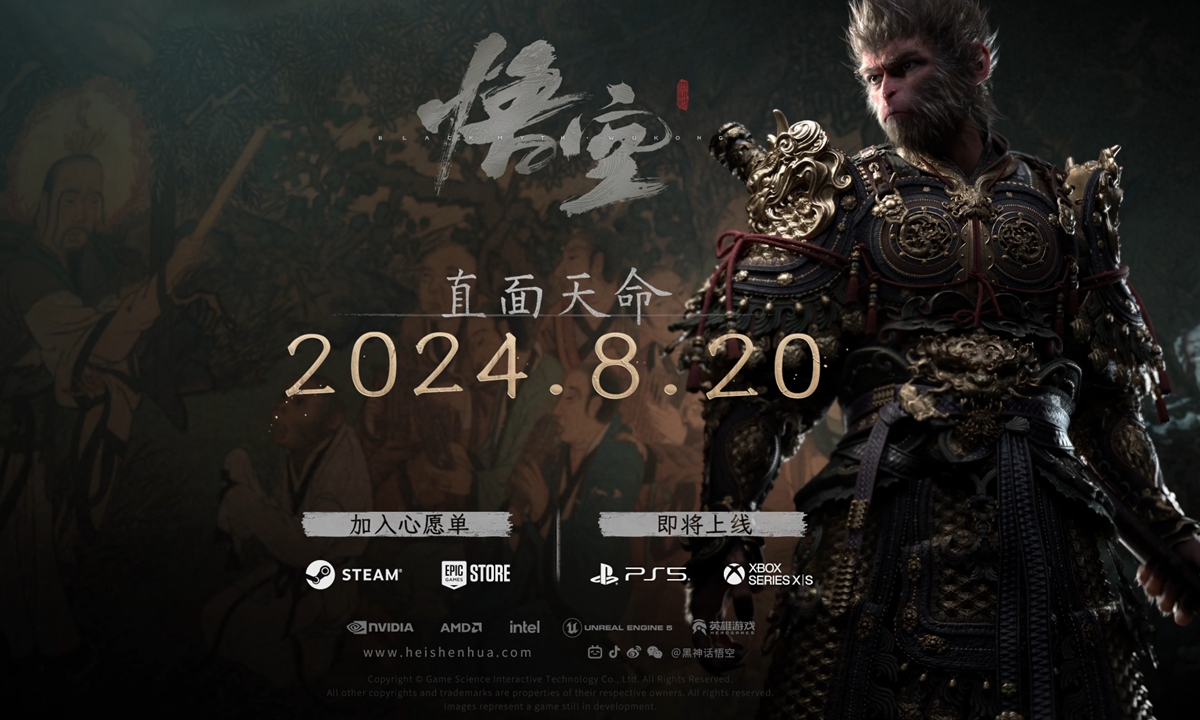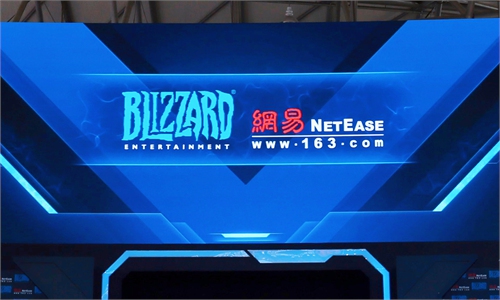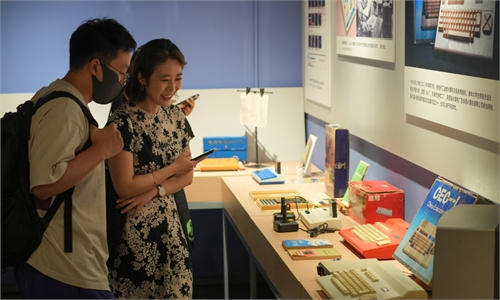ARTS / CULTURE & LEISURE
‘Black Myth: Wukong,’ a new chapter in global cultural export for Chinese mythology

Promotional material for Black Myth: Wukong Photo: Courtesy of Game Science
The upcoming release of Black Myth: Wukong on Tuesday has attracted worldwide attention. The game's trailers and gameplay demos have garnered over 100 million views on Bilibili, China's equivalent of YouTube, and over 10 million views on YouTube. According to SteamDB, a third-party Steam database website, Black Myth currently holds the top spot on the global sales chart.As China's first true AAA title - a game characterized by high development costs, long production cycles, and significant resource investment, Black Myth represents a major breakthrough of the Chinese gaming industry.
The game is set against the backdrop of the classic Chinese novel Journey to the West, one of the Four Great Classical Novels of Chinese literature. After Tang Monk and his disciples successfully obtained Buddhist scriptures, Monkey King (Sun Wukong) was named Fighting Buddha and gradually vanished without a trace. The player, known as the Destined One, embarks on an epic journey to uncover the truth behind the legendary tale.
Ke Yuheng (LK), a prominent online influencer who participated in a demo of Black Myth, told the Global Times that the player controls a young monkey (Destined One) who, inspired by the legendary tale, becomes determined to follow in Sun Wukong's footsteps on the journey to the West.
"Right now, we still don't know if the 'Destined One' is actually the true Wukong or just a spiritual successor, but the available material suggests that this is a world where Buddhist teachings have declined and demons run rampant," LK noted.
Cultural export
The game review site IGN China has showered the title with praise, calling it a "masterpiece." "Black Myth is a truly competitive game on the global market. I believe it will be a strong contender for Game of the Year, and after this, Game Science will undoubtedly become one of the world's top ARPG developers," said Charles Young, an IGN reviewer.
While the game's massive popularity in China can partly be attributed to national familiarity with Journey to the West, the fact that it has captivated international audiences - many of whom lack this cultural background - suggests that Black Myth is on the right path.
Many overseas players have been inspired by the game to start reading the original book Journey to the West. Fans of Black Myth have even started posting videos online, sharing their understanding of Chinese mythology and the Journey to the West story.
"Hey, have you read Journey to the West? Because this game got me to read it, and now I'm going back to reread it," wrote Reddit user Gamskining in a post about the game.
As the game's preview sessions have rolled out, numerous international media outlets and invited influencers have provided in-depth coverage and reviews. These articles have not only praised the game's technical and artistic achievements but have also highlighted its cultural significance.
"If you understand Chinese, you'll never forget how beautifully the prose and dialogue in this game is written. It's the kind of writing that befits a major Chinese work," said a reviewer from the video game site GamesRadar.
However, the game's plot, which draws heavily from Journey to the West, has proven challenging for those unfamiliar with the source material. This has been cited by many foreign reviewers, including IGN, as a reason for not awarding the game a perfect score.
"Black Myth stands alone in terms of both cultural content and the themes it explores. The subject matter of Journey to the West is something that only Chinese people can fully grasp, while the understanding of the story in the West is relatively superficial," Chinese professional game reviewer Natto told the Global Times.
Natto acknowledged that cultural differences might create some discomfort for non-Chinese-speaking players, but he believes there is no need to change to cater to the global market.
"Back in the day, Chinese PC gamers had to rely on translations by fans who had to learn the games bit by bit through self-study. If a game is good enough, people will naturally want to learn about the story behind it," he noted.
Sacred sites
Black Myth features both main and side quests that aim to recreate the original story while incorporating a wealth of traditional Chinese cultural elements. The game uses advanced technologies like real-time ray tracing to deliver cinematic-quality visuals.
"The appearance of the Diamond Sutra and the Amitabha Pure Land Rebirth Dharani in the trailers may symbolize that the 'Destined One' will retrace the path of the pilgrimage, defeating demons along the way and helping to reincarnate and redeem those left behind. This reflects the Buddhist philosophy in the game," noted LK.
It integrates elements such as Daoist talismans, Buddhist artifacts, ancient architecture, and traditional clothing, with game scenes inspired by famous Chinese landmarks like the Great Wall, the Mogao Caves, and Mount Huangshan, allowing players to experience a rich oriental atmosphere.
Recently, the Shanxi Provincial Department of Culture and Tourism released an official promotional video for Black Myth. The video showcases real locations from the game, including Xiaoxitian (Small Western Paradise), Yuhuang Temple, and Tiefo Monastery, drawing many bloggers to visit these sites as part of a "cultural pilgrimage."
"It is said that to accurately depict the story settings in Black Myth, the development team visited several locations in Shanxi to conduct research, incorporating many elements of Shanxi's famous painted sculptures," Yang Jie, a representative from the Shanxi Digital Cultural Experience Center, told the Global Times.
Shanxi is home to approximately 80 percent of China's surviving wooden structures from the Yuan Dynasty and even earlier. The province has the largest number and variety of ancient buildings in China, including numerous examples from the Tang, Five Dynasties, Song, Jin, and Yuan periods.
Black Myth also recreates architectural and scenic details from sites like the Faxing Temple in Changzhi, the Foguang Temple in Xinzhou, and the Shuanglin Temple in Pingyao, as well as the Tiefo Monastery in Gaoping, transporting players back to ancient China. "The game's near 1:1 reproduction of China's landscapes, temples, and sculptures is undoubtedly part of our cultural export," Yang said.



